Rising Demand for Electric Vehicles
The increasing adoption of electric vehicles (EVs) is a primary driver for the Metals In Electric Vehicle Charging Infrastructure Market. As consumers and businesses alike shift towards sustainable transportation, the demand for EVs is projected to rise significantly. According to recent data, the number of electric vehicles on the road is expected to surpass 30 million by 2025. This surge necessitates a corresponding expansion in charging infrastructure, which relies heavily on various metals such as copper, aluminum, and steel. These metals are essential for manufacturing charging stations and related components, thereby creating a robust market for metals in this sector. The interplay between EV adoption and charging infrastructure development suggests a symbiotic relationship that could further stimulate market growth.
Government Regulations and Incentives
Government regulations and incentives play a pivotal role in shaping the Metals In Electric Vehicle Charging Infrastructure Market. Many countries are implementing stringent regulations aimed at reducing carbon emissions, which in turn promotes the adoption of electric vehicles and the necessary charging infrastructure. Incentives such as tax credits and subsidies for EV buyers and charging station developers are becoming increasingly common. These policies not only encourage the installation of charging stations but also drive the demand for metals used in their construction. As regulatory frameworks continue to evolve, the market for metals in electric vehicle charging infrastructure is likely to expand, reflecting the growing commitment to sustainable transportation solutions.
Investment in Charging Infrastructure
Investment in charging infrastructure is another critical driver for the Metals In Electric Vehicle Charging Infrastructure Market. Governments and private entities are increasingly allocating funds to enhance the availability and accessibility of charging stations. For instance, recent initiatives have seen billions of dollars earmarked for the development of charging networks, which directly impacts the demand for metals. The construction of charging stations requires substantial quantities of metals, particularly for wiring, structural components, and safety features. As investment continues to flow into this sector, the demand for metals is likely to increase, thereby bolstering the market. This trend indicates a growing recognition of the importance of a robust charging infrastructure in supporting the transition to electric mobility.
Consumer Awareness and Environmental Concerns
Consumer awareness and environmental concerns are emerging as significant drivers in the Metals In Electric Vehicle Charging Infrastructure Market. As individuals become more conscious of their carbon footprint, there is a noticeable shift towards electric vehicles and the infrastructure that supports them. This heightened awareness is prompting consumers to seek out sustainable options, thereby increasing the demand for EVs and, consequently, the charging infrastructure. The metals used in this infrastructure, such as aluminum and copper, are integral to creating efficient and environmentally friendly charging solutions. The alignment of consumer preferences with sustainability goals suggests a promising outlook for the metals market, as the demand for eco-friendly charging solutions continues to grow.
Technological Innovations in Charging Solutions
Technological innovations in charging solutions are reshaping the Metals In Electric Vehicle Charging Infrastructure Market. Advancements in fast-charging technology and wireless charging systems are becoming more prevalent, necessitating the use of specialized metals that enhance efficiency and performance. For example, the development of high-conductivity materials is crucial for reducing energy loss during charging. As these technologies evolve, the demand for specific metals, such as copper and rare earth elements, is expected to rise. This trend not only supports the growth of the metals market but also encourages further research and development in the field of electric vehicle charging. The integration of innovative technologies into charging infrastructure could potentially lead to a more efficient and user-friendly experience for EV owners.


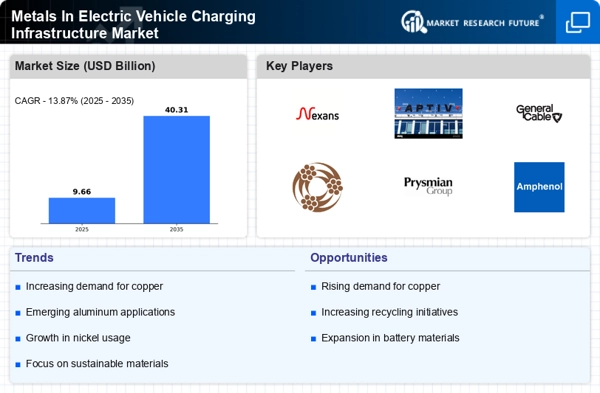
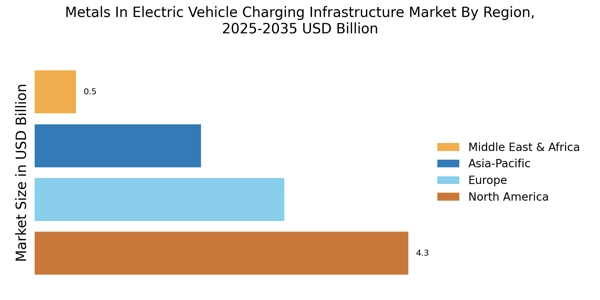


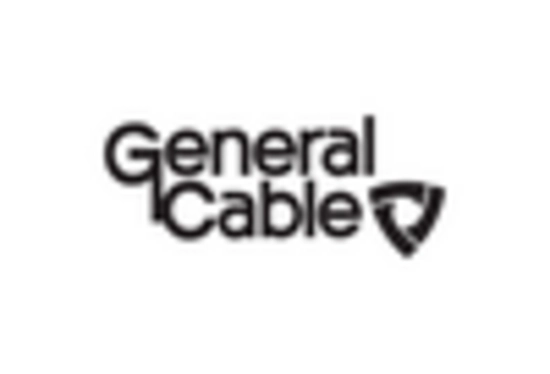
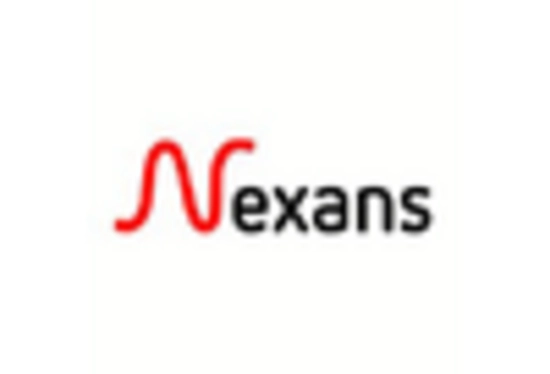
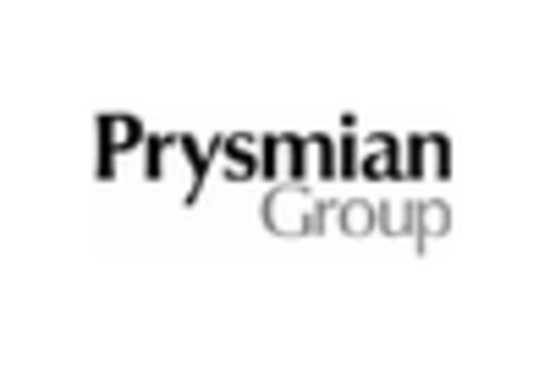









Leave a Comment